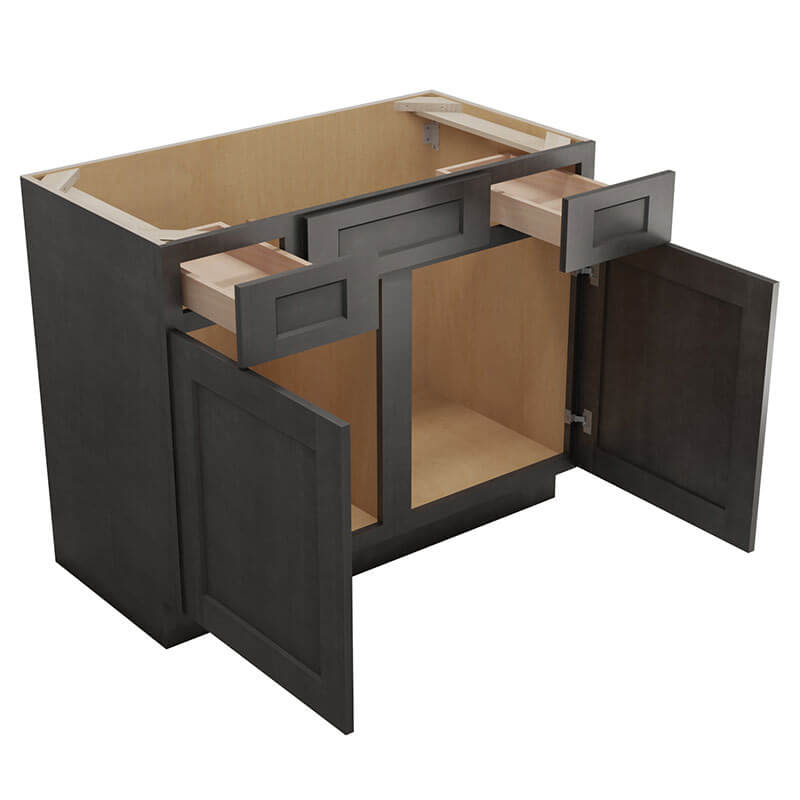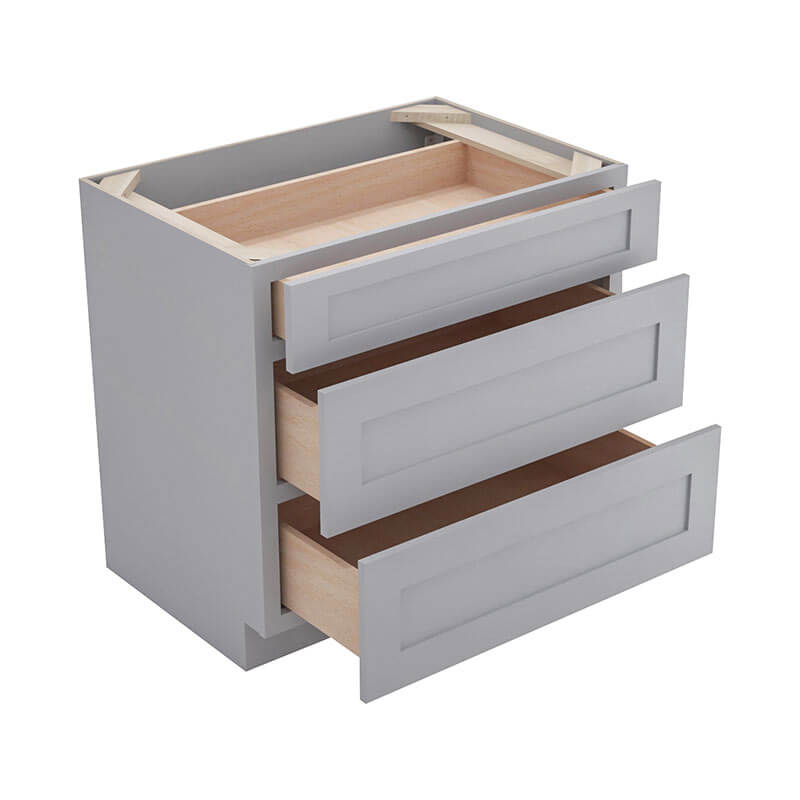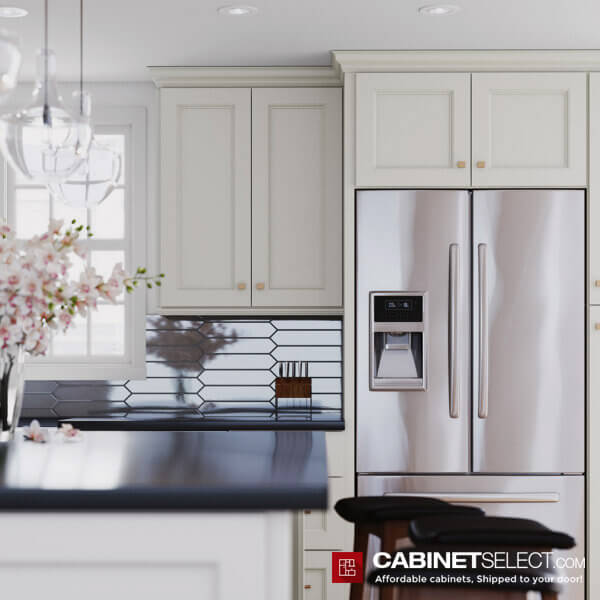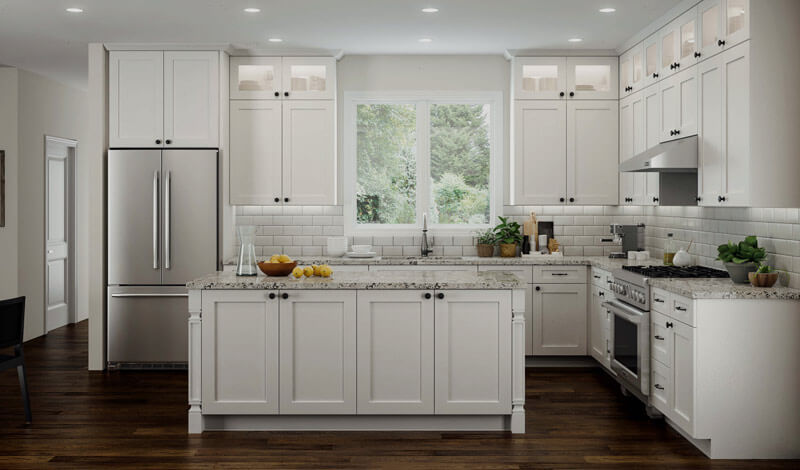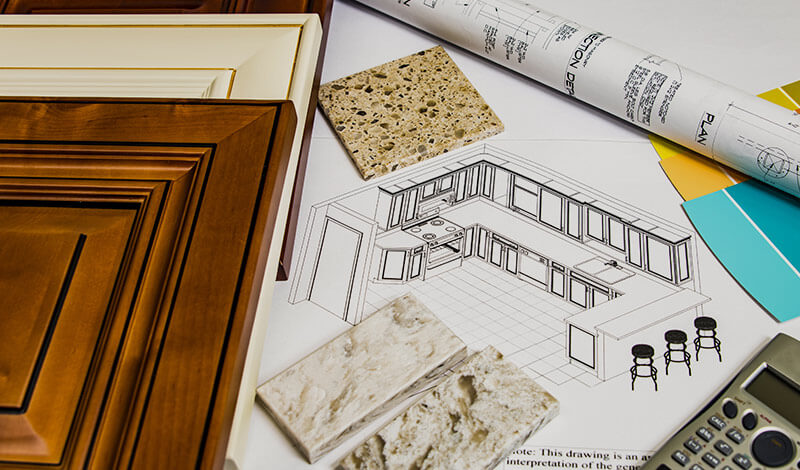
Birch Kitchen Cabinets
It’s not easy to design a kitchen that you love. It can be fun but not always easy. One of the key decisions you’ll have to make is the wood type of your cabinets for your kitchen.
While there are plenty of excellent wood options available, one of the more popular choices is birch. Birch wood offers an attractive pattern, great resistance to decay, and a great finish thanks to its ability to stain and polish well.
Orders Over $3,000
Big Savings vs Big Box Competitors
Ask Us Anything! Call or Chat
Ready to Transform Your Kitchen?
Begin your journey to a more exquisite kitchen with CabinetSelect.com. Submit your measurements today, and let us bring your vision to life. If any questions arise, our dedicated team stands by, eager to assist and guide you every step of the way.Book A Free Consultation
Why Choose Birch Wood Cabinets?
Birch wood, often referred to as birchwood, stands out as a top choice for furniture and especially for kitchen cabinets. North America is home to 9 distinct species of birch, boasting shades from pristine white to a warm golden brown. Renowned for its strength, birch firmly holds screws and nails, making it an ideal material for kitchen cabinet construction. Due to its captivating color variations, unique patterns, and commendable strength, birch is a sought-after option for kitchen cabinets.

Strength and Longevity of Birch Cabinets
Birch isn’t just visually appealing—it’s built to last. This robust wood, with its seamless surface, outperforms many other woods in resisting everyday wear and tear that can otherwise diminish the aesthetics and functionality of kitchen cabinets.
Design Versatility of Birch Wood
Kitchen cabinets, though pivotal, aren’t the sole design focal point of a kitchen. Birch wood’s adaptability is evident in its ability to embrace a variety of stains and paints, granting homeowners a vast palette of color and style options.
Birch Wood: A Warm and Timeless Choice
Birch wood’s longstanding popularity for kitchen cabinets stems from its timeless charm. Its light hue coupled with a distinct texture infuses kitchens with a warm, classic appeal. This has solidified birch as a primary choice for homeowners seeking both style and functionality.
Outstanding Value for Money
One cannot overlook the cost-effectiveness of birch cabinets. This sturdy and attractive wood option offers aesthetic appeal without breaking the bank. For those eyeing an affordable kitchen transformation, birch cabinets from CabinetSelect.com present an impeccable option.
Birch Kitchen Cabinets: Advantages and Disadvantages
Birch wood, cherished for generations in furniture and cabinetry, boasts a fine grain, soft hue, and commendable strength. However, as with any material, it has its pros and cons. Let’s explore the specific benefits and drawbacks of birch kitchen cabinets.

Advantages of Birch Wood: |
Disadvantages of Birch Wood: |
|
|
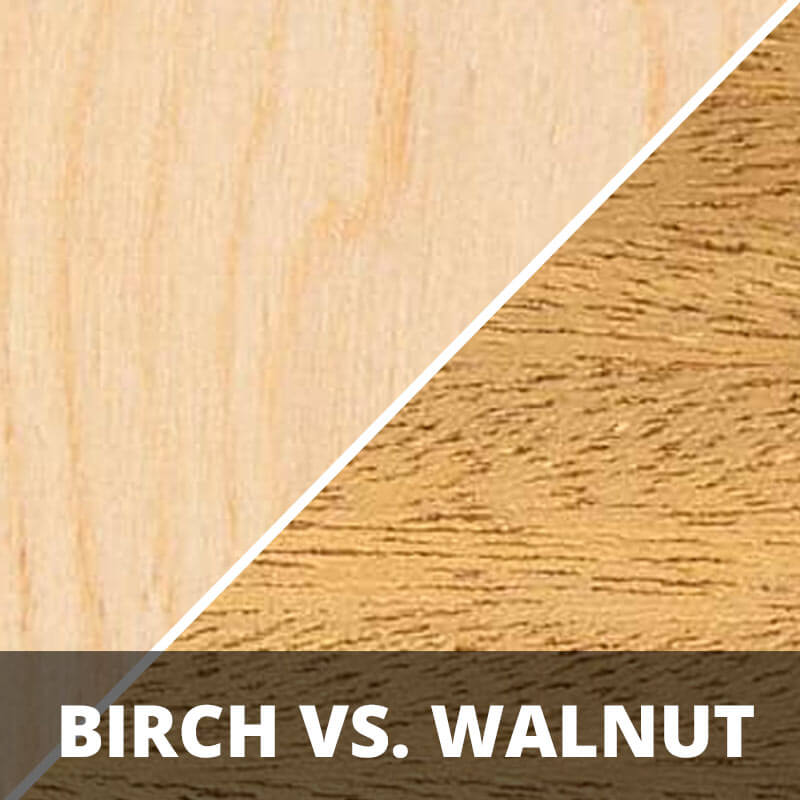
Birch vs. Walnut Cabinets
Birch cabinets present a cost-effective and adaptable solution for those keen on achieving a refined look without the higher expense. Native to North America, birch sports a light brown to reddish hue, lending a bright and open ambiance to spaces. Its grain is subtle, yet distinctive, offering a smooth texture that can mimic the appearance of more costly woods when stained. The strength of birch, evident from its commendable Janka hardness rating, ensures its resilience against daily wear and tear, making it a practical choice for bustling kitchens.
On the other hand, walnut cabinets exude an unmistakable air of luxury and sophistication. Celebrated for its rich, deep chocolate brown tones interlaced with captivating grain patterns, walnut effortlessly elevates any space it inhabits. Beyond its aesthetic appeal, walnut boasts a natural resistance to warping, particularly in humid conditions, and showcases impressive color retention when exposed to sunlight. While walnut’s durability is slightly below that of birch on the Janka scale, its unparalleled elegance and inherent resistance to environmental factors justify its premium price tag for many homeowners.

Birch vs. Oak Cabinets
Birch has a light, almost yellowish color with a subtle grain, leading to a clean finish. Over time, it might develop a reddish shade. Oak, on the other hand, varies from light to medium brown with visible grain patterns, potentially fading as it ages.
Both woods offer good strength, with Birch and Red Oak scoring similarly on the Janka Hardness Scale. Oak’s grain is more pronounced when stained, whereas birch might absorb stains unevenly. For painting, birch is preferred for its even finish, while oak maintains its textured appearance. In terms of cost, oak usually comes at a premium, influenced by factors like finishing techniques. Painted cabinets can be around 15% pricier than stained ones. Deciding between the two should consider aesthetics, budget, and finish preference: Birch is ideal for a smooth, budget-friendly look, while oak offers a rich texture. The best choice will enhance both the function and style of your kitchen.
Making the Right Choice
While birch stands out for its unmatched durability, affordability, and versatile design options, it’s essential to take its unique texture and staining characteristics into account. Your kitchen deserves the best, and ensuring that your choice of wood aligns with both aesthetic desires and functional needs is paramount.
Some Examples of our Birch Wood Cabinets

